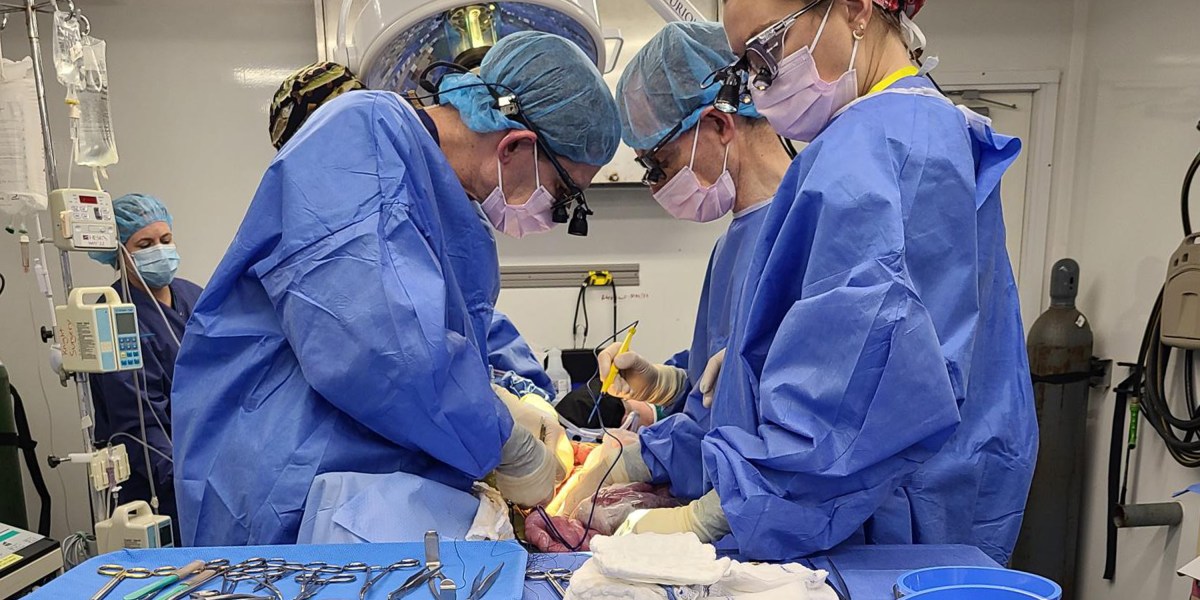
Just a few miles away in Limpopo, white families lived in big, attractive houses, with easy access to all these things. The older Sefala became, the more she peppered her father with questions about the visible racial segregation of their neighborhood: “Why is it like this?”
Now, at 28, she is helping do something about it. Alongside computer scientists Nyalleng Moorosi and Timnit Gebru at the nonprofit Distributed AI Research Institute (DAIR), which Gebru set up in 2021, she is deploying computer vision tools and satellite images to analyze the impacts of racial segregation in housing, with the ultimate hope that their work will help to reverse it. Read the full story.
—Abdullahi Tsanni
The first gene-editing treatment: 10 Breakthrough Technologies 2024
It was only 11 years ago that scientists first developed the potent DNA-snipping technology called CRISPR. Now they’ve brought CRISPR out of the lab and into real medicine with a treatment that cures the symptoms of sickle-cell disease.
Sickle-cell is caused by inheriting two bad copies of one of the genes that make hemoglobin. Symptoms include bouts of intense pain, and life expectancy with the disease is just 53 years. It affects 1 in 4,000 people in the US, nearly all of them African-American.
The news is undoubtedly good. But the expected price tag of the gene-editing treatment is $2 to $3 million. And Vertex has no immediate plans to offer it in Africa—where sickle-cell disease is most common, and where it still kills children. Read the full story.
